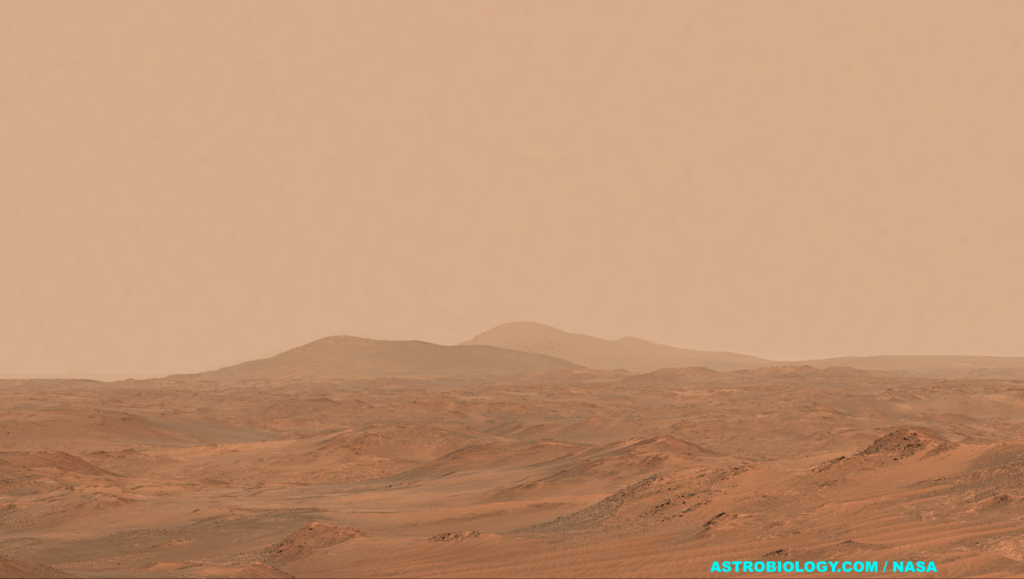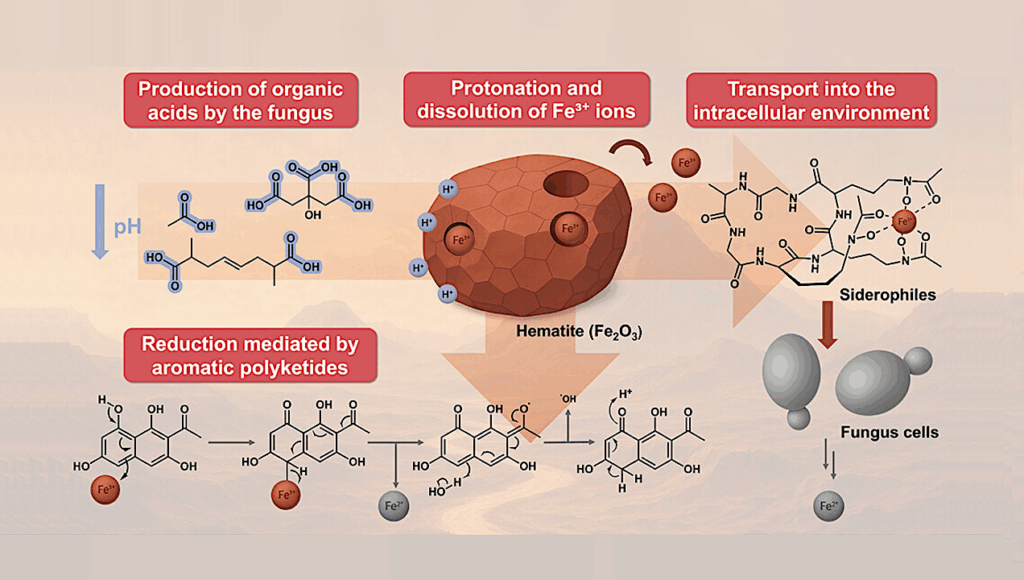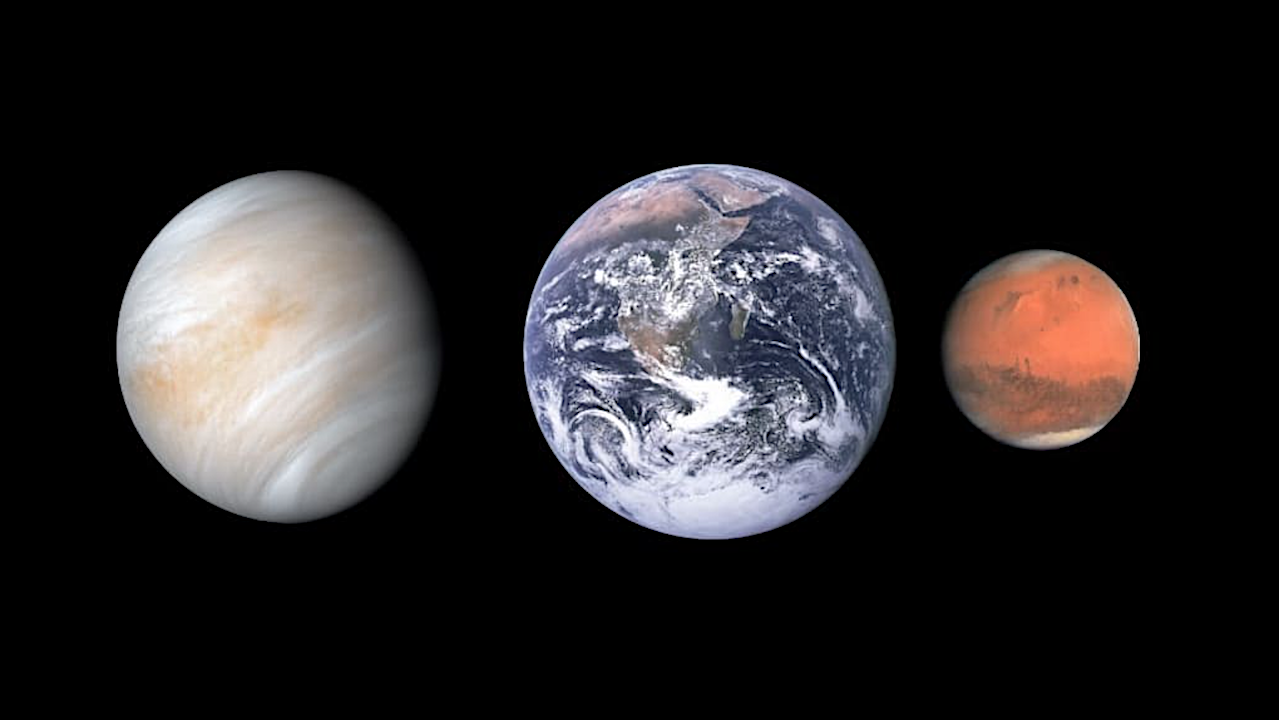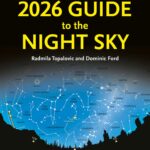Now Reading: Heat Reveals What Clouds Conceal: Global Carbon & Longitudinally Asymmetric Chemistry on LTT 9779 b
-
01
Heat Reveals What Clouds Conceal: Global Carbon & Longitudinally Asymmetric Chemistry on LTT 9779 b
Heat Reveals What Clouds Conceal: Global Carbon & Longitudinally Asymmetric Chemistry on LTT 9779 b
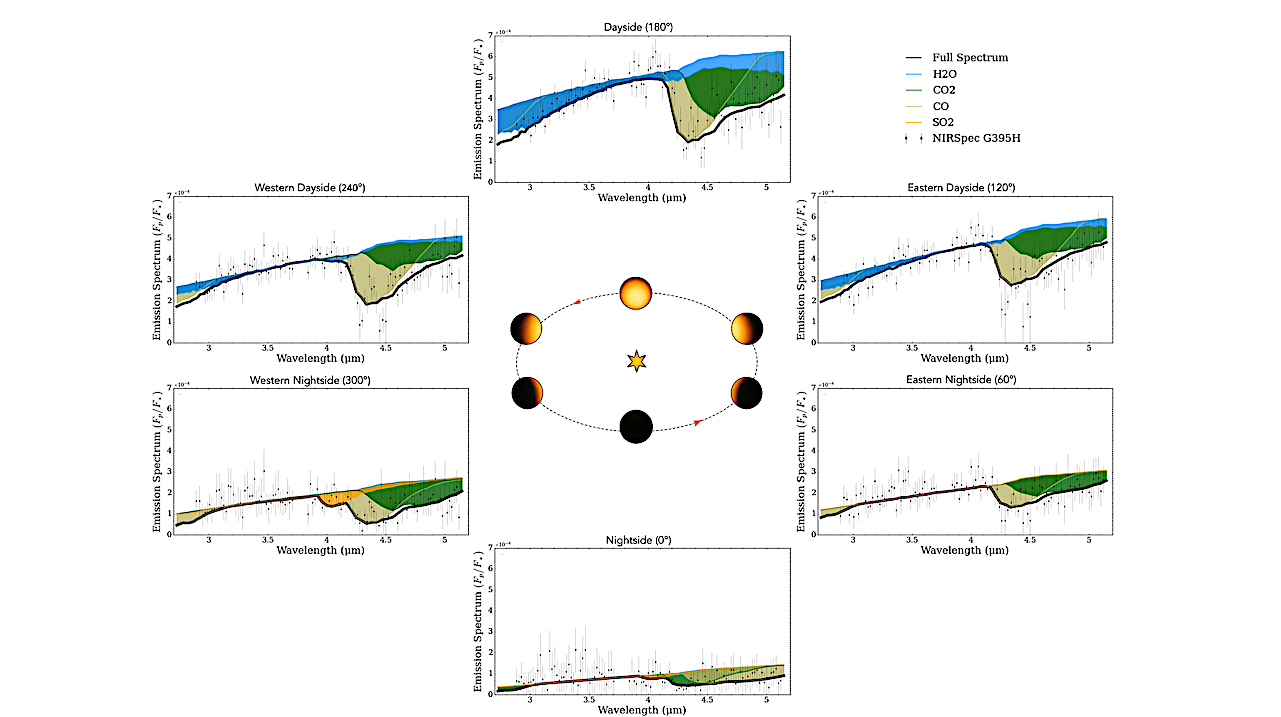

Emission spectra and best-fit free retrieved models for all six phases. The spectral contributions of CO, CO2, H2O and SO2 abundances are shown in green, gold, blue and orange for each phase. The best-fit, full atmospheric models for the phase-resolved emission spectra are shown in black. — astro-ph.EP
LTT-9779 b is an ultra-hot Neptune (Rp ~ 4.7 Re, Mp ~ 29 Me) orbiting its Sun-like host star in just 19 hours, placing it deep within the “hot Neptune desert,” where Neptunian planets are seldom found.
We present new JWST NIRSpec G395H phase-curve observations that probe its atmospheric composition in unprecedented detail. At near-infrared wavelengths, which penetrate the high-altitude clouds inferred from previous NIRISS/SOSS spectra, thermal emission reveals a carbon-rich atmosphere with opacity dominated by carbon monoxide (CO) and carbon dioxide (CO2).
Both species are detected at all orbital phases, with retrieved mixing ratios of 10^-1 for CO and 10^-4 for CO2, indicating a globally well-mixed reservoir of carbon-bearing gases. We also moderately detect water vapor (H2O) and tentatively detect sulfur dioxide (SO2), providing insight into its chemistry and possible photochemical production under intense stellar irradiation.
From these detections we infer a carbon-to-oxygen ratio near unity (C/O ~ 1) and a metallicity exceeding 500X Solar, consistent with equilibrium chemistry predictions for high-temperature atmospheres. This enrichment raises the mean molecular weight, reducing atmospheric escape, and likely helps LTT-9779 b retain a substantial atmosphere despite extreme irradiation.
Our findings show that LTT-9779 b survives where few planets can, maintaining a carbon-rich atmosphere in a region where hot Neptune-class worlds are expected to evaporate. This makes LTT-9779 b a valuable laboratory for studying atmospheric escape and chemical processes under extreme conditions, offering new insight into the survival of planets in the hot Neptune desert.
Reza Ashtari, Sean Collins, Jared Splinter, Kevin B. Stevenson, Vivien Parmentier, Jonathan Brande, Suman Saha, Sarah Stamer, Ian J. M. Crossfield, James S. Jenkins, K. Angelique Kahle, Joshua D. Lothringer, Nishil Mehta, Nicolas B. Cowan, Diana Dragomir, Laura Kreidberg, Thomas M. Evans-Soma, Tansu Daylan, Olivia Venot, Xi Zhang
Comments: 25 pages, 15 figures, 3 tables
Subjects: Earth and Planetary Astrophysics (astro-ph.EP)
Cite as: arXiv:2510.04863 [astro-ph.EP] (or arXiv:2510.04863v1 [astro-ph.EP] for this version)
https://doi.org/10.48550/arXiv.2510.04863
Focus to learn more
Submission history
From: Reza Ashtari
[v1] Mon, 6 Oct 2025 14:50:27 UTC (7,596 KB)
https://arxiv.org/abs/2510.04863
Astrobiology, exoplanet,
Stay Informed With the Latest & Most Important News
Previous Post
Next Post
-
 01From Polymerization-Enabled Folding and Assembly to Chemical Evolution: Key Processes for Emergence of Functional Polymers in the Origin of Life
01From Polymerization-Enabled Folding and Assembly to Chemical Evolution: Key Processes for Emergence of Functional Polymers in the Origin of Life -
 02Panasonic Leica Summilux DG 15mm f/1.7 ASPH review
02Panasonic Leica Summilux DG 15mm f/1.7 ASPH review -
 03How New NASA, India Earth Satellite NISAR Will See Earth
03How New NASA, India Earth Satellite NISAR Will See Earth -
 04And Thus Begins A New Year For Life On Earth
04And Thus Begins A New Year For Life On Earth -
 05Astronomy Activation Ambassadors: A New Era
05Astronomy Activation Ambassadors: A New Era -
06SpaceX launch surge helps set new global launch record in 2024
-
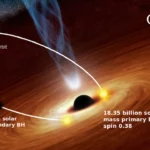 07Two Black Holes Observed Circling Each Other for the First Time
07Two Black Holes Observed Circling Each Other for the First Time












